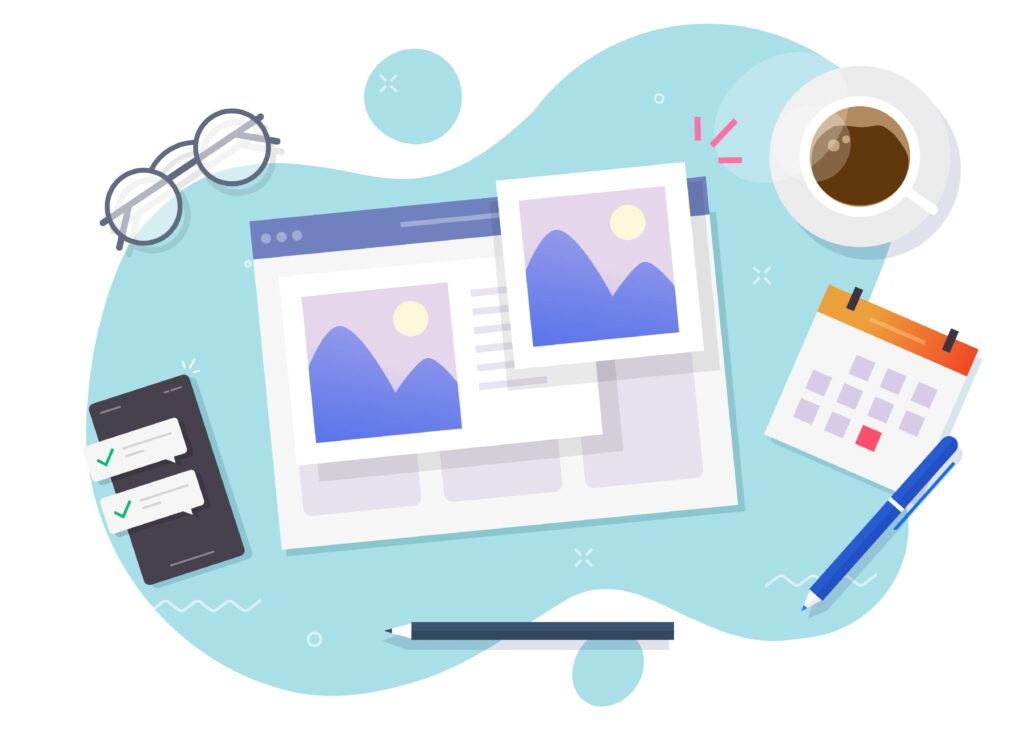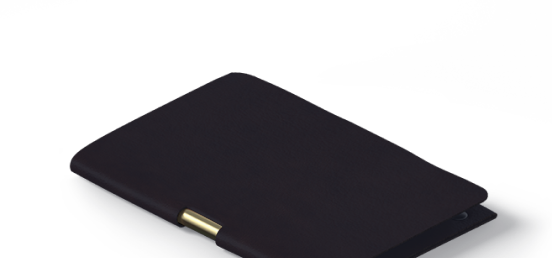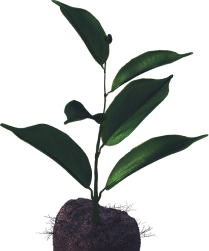There are numerous methods to make your articles simpler to read on the internet – paragraph breaks, short snappy words, headers, sub-headings, funny GIFs- but using photos is one of the most effective ways to make your material appear appealing.
For starters, they provide crucial contextual information to search engines. Second, optimized pictures boost user engagement and search engine rankings by speeding up page loading.
You should know the basics of image optimization to provide your brand the best chance of success with SEO.

As of November 2018, pictures took up on average 21% of the entire weight of a web page, according to HTTP Archive. Because photos take up more space on a website than any other component, their size and complexity have a significant impact on site performance.
When you minimize the size of photos without sacrificing quality, page load speeds increase, and visitors’ experiences improve as well. According to Aberdeen Group research, a one-second delay in load time results in a 7% loss in conversions, and roughly 40% of users quit a web page more than three seconds to load.
The act of developing and providing high-quality images in the optimal format, size, and resolution to improve user engagement is known as image optimization. It also entails identifying pictures correctly so that web crawlers can read them and recognize the context of the page.
The beautiful part about pictures is that they can be used to drive website traffic via image results in search engines.
However, they must be optimized correctly in order for this to happen.
Here’s a checklist to advise you of the most things to remember when it comes to adding pictures to your webpage, which a surprising number of people overlook.
Selecting Images
It is critical to pick images that are relevant to the article’s text. This is mostly from a customer experience standpoint, since you don’t want to confuse things with an ambiguous image selection.
Your images must be of high quality, in the proper viewing angle, with full definition, and big enough to be displayed throughout platforms and different screens
Another item to think about is your usage of ‘stock photos.’
The worst are stock photos. They make your website appear to be a promotional pamphlet for an impersonal, anonymous company that ‘enables thought-leadership into hot leads,’ or some such nonsense. They’re also overused, unoriginal, and corny. And costly.
Be extremely cautious; even if you believe an image is copyright free, the original owner might still be Getty or Shutterstock, and you could be issued with $500 fine weeks or months later.
You should stop spending your money on stock photos. Maybe try hiring a photographer to take pictures for you or go out with your phone or camera and just do it yourself.
You also need to start making your own charts, graphic designs and visuals.
Don’t waste your money on stock photographs. Instead, hire your own photographer or go out and shoot photos yourself.
You should make your own graphs, charts, and graphic designs as well.
However, if you just do not have the energy, time or money to do so there are more than enough simple and easy tools available…

Resize Your Image
The size of an image and the size of a file are not quite the same things. The measurements of a picture are referred to as image size (e.g., 1024 by 680 pixels). The size of the file refers to the amount of storage space required on the server (e.g., 350 kilobytes).
Images with a better resolution and bigger size (typically taken with a proper camera) take longer to load. While they perform well for print reproductions, they must be scaled down to fit on the web without sacrificing too much quality.
Free Image Resources
- Google Image search – Usage rights
When looking for an image, you may exclude copyrighted results from your search. Simply choose Labeled for Reuse from the Search Tools menu, then Usage Rights.
You won’t necessarily score big there, but you might discover something unique that no one else has explored.
- Usplash
Unsplash photos are entirely copyright free; all you have to do is credit and link to the photographer. They occasionally border on’ stock photo,’ but they are all way better.
- Flickr
Flickr is a really great place to get pictures, and you can use any that have a Creative Commons licence.
It’s an alternative to total copyright; all you have to do is provide full credit to the photographer and hyperlink to their Flickr profile.
When using Flickr Creative Commons, be aware that several licenses are available; for example, some photographers only allow their photographs to be used for non-commercial uses.
- Awesome Screenshot
a Chrome plugin that allows you to quickly capture screenshots of your browser window (either a portion or the entire web page) and edit them before uploading them to your browser.
- Piktochart
Piktochart, one of the most widely used data visualization tools, is free, easy to use, and comes with a huge number of excellent templates for infographics and other creatives.
- Image optimization for search
Once you’ve located or made the picture you want. After that, you’re ready to upload to your website.
- Gif Grabber
Gif Grabber, which is available for Mac, is the greatest method to produce a bunch of free Gifs. You may take a screenshot of anything on your computer or laptop screen, then crop, scale and trim the final output.
Image Size
As mentioned earlier, you should absolutely resize your photo so that it isn’t a really large file. It’s easy to forget that most iPhone images have a resolution of over 3,000 pixels.
large image files can slow down your site’s page load time and have a major effect on your search engine result pages, so keep in mind to resize them before posting.
If you’re using a Macbook, simply open the image, go to Tools, and then pick Adjust Size.
If you have Photoshop, you may also try it, or one of the many internet sizing tools, such as Picresize.
If you’re on a Personal computer, you could also try Paint.
Yes, that’s MS Paint. Simply launch Paint, then click Open, select the image to be resized, and open it. Then, under the Image group on the Home tab, click Resize.
Select the appropriate compression rate
When an image is compressed too heavily, the file size is reduced but the image quality suffers. When you pick a low compression rate, on the other hand, the image quality is excellent but the file size is large.
To find out what works best for each image, you should try different file formats and compression rates. Many image-editing applications, including Adobe Photoshop, feature a “save for the web” feature that reduces file size while maintaining picture quality.
Caution about the use of iPhone images
There is a glitch that may be quite unpleasant when uploading iPhone photos to a WordPress site. When you capture a picture with your iPhone in portrait mode, it may show in landscape mode once your article is published. It does not happen to everyone, and it is dependent on the version of iPhone you use as well as your WordPress template.
You may prevent this by only snapping images in landscape mode

File Title/Name
Make sure you give the image a proper file name before uploading it to your website.
To use an iPhone photo as an example, they are usually labelled with something generic like IMG 1234. So, do yourself a favor and rename it; it won’t necessarily improve your SEO, but it will assist if you ever need to search for it in your site’s admin.
If you’re using WordPress, the image title is normally generated from the file name, so you may leave it alone. If you don’t use WordPress or the title doesn’t adequately describe the image, change it using the keywords in the same manner you would file names.
Image titles aren’t as significant for SEO as alt text, but they can give more context. In terms of user engagement, image titles are more useful. Add a short call to action, such as “purchase now” or “download now.”
The image’s file name is automatically utilized as its title in WordPress and other sites.

Alt-Text
More importantly, how you characterize your image in the Alt area is crucial. Google cannot ‘see’ your images, but it can ‘read’ them, and what it reads is what you have written in the alt-attribute.
Alt-text should be precise, informative, and clear, with no spamming. Screen reader software also uses alt-text to describe visuals to those with vision impairment.
In fact, when it comes to alt-text, the one guideline I always follow is to write as though you’re describing it to someone who has a visual handicap.
Although viewers may comprehend what an image is about, search engine spiders want further information. It’s hard for search engines to correctly index your visual content without alternate text. A decent alt tag not only gives context, but it also aids visually challenged people. Search engines may interpret the alternative text to help rank a website even if pictures aren’t loaded due to a malfunction. To increase exposure, insert brand-relevant terms here. Just stay away from keyword stuffing.
Give more information than you did in the file name. While there is no perfect number of words to express something about the visual, strive for 10 to 15.
Description & Caption
there are extra boxes for Description and Caption in WordPress. These don’t automatically add Seo rankings or value to your pictures, but they can be useful in other ways.
The Description field may be used to provide a lot more information, such as how the photo was taken, when it was shot, and any other fascinating details.
On the live article, the caption will appear beneath the image. It is entirely up to you whether or not to utilize one. It may be beneficial to describe or remark on the image.
Image captions – the words that appear right beneath photos – may not have a direct influence on SEO, but they are visible on a website page, unlike file names and alt text. As a result, they can enhance the user experience.

Image Reclamation
You may sometimes feel the need to double-check that your own self-created images aren’t being utilized without due attribution all over the internet.
You could achieve this with the help of a reverse search engine like Image Raider.
Simply upload your photographs to the collection, and it will notify you whenever your image is used on another website. If that site hasn’t properly credited you, you can contact them and request that they do so.




